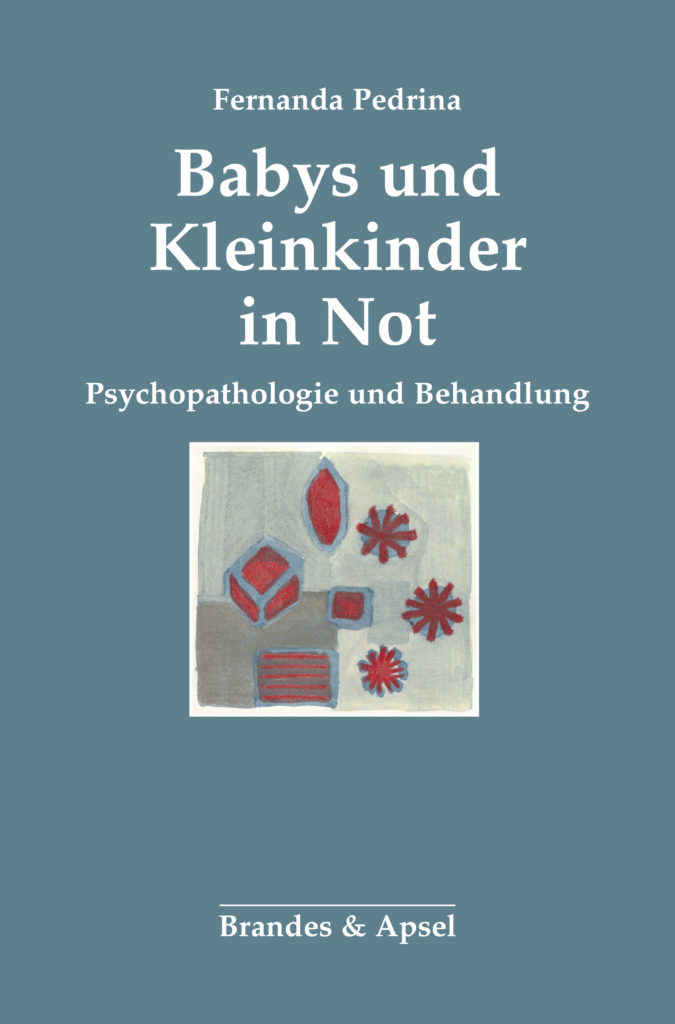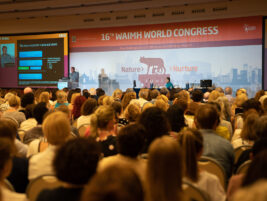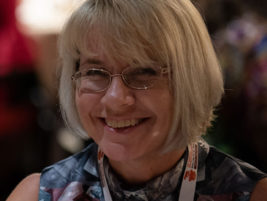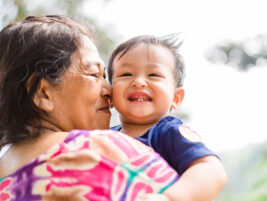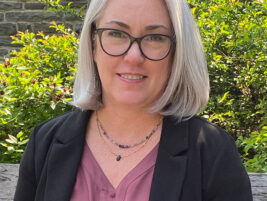First publ. in: Kinder- und Jugendlichen-Psychotherapie. Zeitschrift für Psychoanalyse und Tiefenpsychologie, 2020/4, S. 534-536
NOTE: Brandes & Apsel Verlag grants WAIMH Perspectives in Infant Mental Health to publish the English translation of the following book-review:
Pedrina Fernanda 2020, Babys und Kleinkinder in Not. Psychopathologie und Behandlung. Frankfurt am Main (Brandes & Apsel), 2020, 346 S., 39.30 Eu, by Éva Hédervári-Heller, Berlin.
Pedrina, Fernanda (2020): Babies and young children in distress. Psychopathology and treatment.
With this book, Swiss psychoanalyst and specialist in child and adolescent psychiatry and psychotherapy Fernanda Pedrina has presented a comprehensive work describing psychological disorders in early childhood and their treatment. The current state of research in psychopathology and psychotherapeutic treatment of disorders in infancy and early childhood is analyzed in a differentiated and impressive manner. Topics rarely treated in the literature, such as cultural sensitivity or communicative musicality in connection with a verbal communication in early childhood, are equally discussed here and their usefulness in psychotherapeutic treatment is described.
In addition to the scientific reflection of the still relatively new field of treatment of early childhood psychopathology in the context of parent-infant/toddler psychotherapy, the author describes her own development as a psychotherapist in this field. Especially scientific work in the field of deprivation, attachment and infant research as well as the first psychotherapeutic treatments of families with infants and toddlers from the 1940s onwards had a particularly inspiring effect on the psychotherapeutic work of the author. The inclusion of the scientific findings of Rene Spitz, Donald Winnicott, Selma Fraiberg, John Bowlby, Daniel Stern, Hanus and Mechthild Papousek as well as Alicia Lieberman should be emphasized.
The book is divided into two parts: 1) a part with theoretical papers and 2) a clinical part with descriptions of specific disturbance patterns in collaboration with three other co-authors (Maria Mögel, Monika Strauss and Pamela Walker).
In the first part, principles of psychotherapy in early childhood are explained on a broad theoretical basis and results from empirical research are presented. Concepts significant for understanding early childhood development such as intersubjectivity, early parent-child relationship and its disorders, symbolization and mentalization are addressed here. Theoretical discussions of parenting, child protection, migration, and culture provide an overview of the important issues that must be considered when families with infants and young children are in need. The author provides deep insights into clinical and socio-educational work, including research findings and practical experience from outpatient and inpatient treatment.
In the second part of the book, the author and three co-authors (from medical, psychological, and psychoanalytic fields of practice) address the disorder-specific findings and treatment approaches of the most common disorders according to the recently published DC:0-5 (Diagnostic Classification of Mental Health and Developmental Disorders of Early Childhood) descriptions (Zero to Three 2016). The clinical assessment according to DC:0-5 is complemented by disorder-specific interventions, to be applied in private counseling as well as in clinical and social-pedagogical professional settings in multidisciplinary collaborations with pediatric clinics or child protective services. The practice-oriented descriptions of each individual disorder are illustrated with case studies giving insight in the emotional and cognitive experience involved in therapy.
The author’s therapeutic attitude and treatment approaches, which are based on psychoanalytic procedures, on her 40 years of clinical practice, as well as on the continuous study of research and clinical literature, are to be emphasized. A therapeutic attitude, which, in the sense of Winnicott, can be seen, among other things, in the appreciation of the patient, in an encounter at eye level, in creativity or in the spontaneity of the therapeutic work, runs through all the case studies.
One of the basic treatment approaches in psychotherapeutic work with infants and toddlers is formulated by the author as follows: “The therapist must act spontaneously and is guided by the child’s spontaneous gestures. In this situation, the attitude of improvisation (…) is inspiring and helpful: get on the pulse and play along, reflecting afterwards to become a better, improvising therapist with experience.” (S. 34).
This excellent book is not only recommended for psychotherapists working with families with infants and toddlers, but also for professionals in the counseling and support of families with young children. The easy-to-understand and illustrative case studies from outpatient and inpatient treatments make this book a profitable and highly recommended read even for professionals who are less familiar with the theoretical concepts.
Reference
Zero to Three (2016). DC:0-5. Diagnostic classification of mental health and developmental disorders of infancy and early childhood. Washington D.C: Zero to three.
Translated with www.DeepL.com/Translator (free version) and adapted by Maria Mögel.
Authors
Éva Hédervári-Heller,
Berlin, Germany


